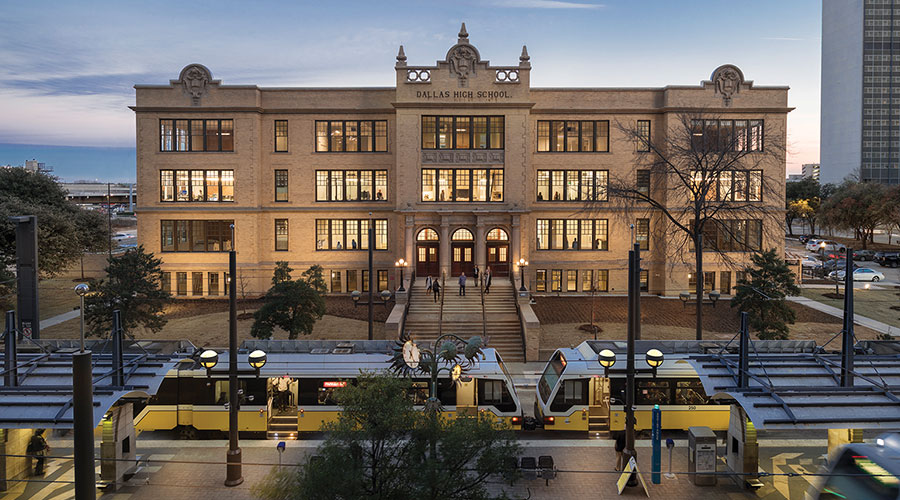What Is An Intelligent Building?
March 14, 2014
Today's briefing comes from Rita Tatum, contributing editor for
Building Operating Management. There is no single template for a smart building. The important capabilities or elements for smart buildings depend on "what brings value," says Paul Ehrlich, founder and president of Building Intelligence Group.
But one thing that intelligent buildings often have in common is linking multiple building subsystems to building automation systems, often using middleware to move the necessary data from its source to a common platform.
"Initially, building automation systems addressed only HVAC systems," explains Jack McGowan, president of Energy Control Inc., an OpTerra Energy Group company. "Today, there are technologies to incorporate fire/life safety, access controls and other building subsystems." McGowan says that intelligent technologies are so prevalent that they are becoming commodities.
Intelligent buildings feature three levels of integration, says Jim Sinopoli, managing partner at Smart Buildings. The first layer is physical integration at the cabling and infrastructure level.
Next is integrating various building systems, such as HVAC, fire, access control, elevators, lighting, pneumatic tube systems and other conveyance equipment, etc.
The third level of integration takes building information beyond simple facility management into asset management, preventive maintenance, external energy market data and beyond, using analytics and fault detection, says Sinopoli.
The new headquarters of the San Francisco Public Utilities Commission is a poster child for integrated building systems. The 13-story structure, which is aiming to achieve LEED Platinum status from the U.S. Green Building Council, has a sophisticated BAS that is connected to a wide range of building systems, including exterior sunshades for daylight harvesting and glare management, solar panels, water management — including on-demand water heaters and faucet sensors — wastewater treatment and rainwater harvesting for irrigation. The BAS at the 277,000-square-foot building provides demand response for various energy curtailment levels, building performance analytics with ongoing commissioning, alarm management for all subsystems, occupancy sensors, preventive maintenance elements and public information/education.
Next
Read next on FacilitiesNet







